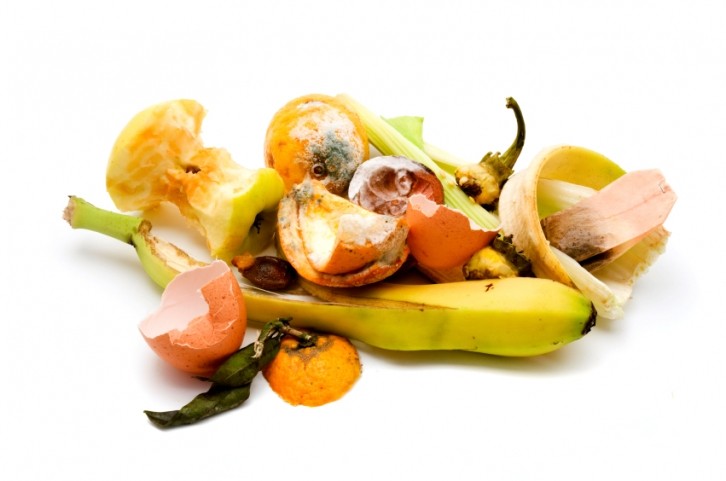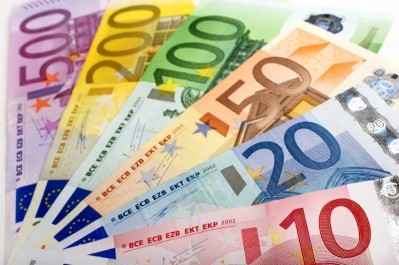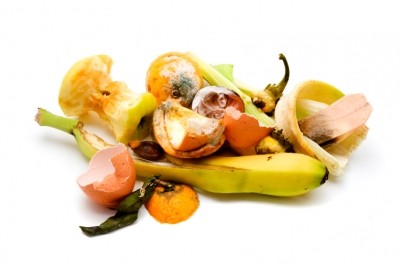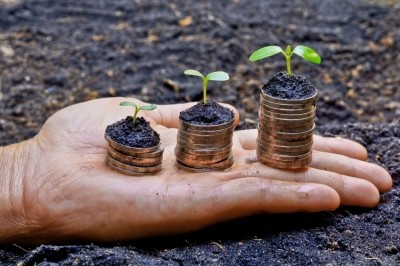EU companies make progress on goal to halve food waste by 2020

The report follows up on an industry pledge made in June last year to halve food waste by 2020, titled ‘Every Crumb Counts’, and a toolkit for industry to help with food waste reduction.
Currently, about a third of food is lost or wasted globally each year, occurring at the consumer and retailer level, well as at the production level, in the form of on-farm and in-storage losses.
The report included responses from 29 companies in 22 EU countries, representing more than €26bn in turnover. It found that more than 80% were working to identify causes of food wastage and optimise processes; 80% had taken initiatives to prevent waste in their factories; and more than 70% were working with those in their supply chains to prevent wastage beyond their own processes.
“This report is the proof that food and drink companies in Europe and their associations understand the need to lead by example and are working to reduce food wastage in their operations, across supply chains and through innovative partnerships,” FoodDrinkEurope’s director general Mella Frewen said in a statement.
The United Nations Environment Programme (UNEP) and the Food and Agriculture Organisation (FAO) said the report “highlights the importance of both food waste quantification and collaboration between stakeholders in the supply chain”.
“We are delighted to see that 60% of survey respondents include food waste in their sustainability strategy and we hope this report will inspire others to take further and more comprehensive action,” said UNEP and FAO in a joint statement.
However, there are still roadblocks for some companies when it comes to cutting waste. A third of respondents said they would like more guidance on liability when donating food, and nearly three-quarters (73%) said they would like to see more case studies and sharing of best practice within the food industry.
In the EU, there is no common definition of food wastage, and methodologies for quantifying wastage vary. Every Crumb Counts signatories pledged at the time to work toward a common approach across the food supply chain. As well as FoodDrinkEurope, other signatories were EUROPEN, which represents the packaging sector; the European Federation of Foodbanks; and the Sustainable Restaurant Association.

















